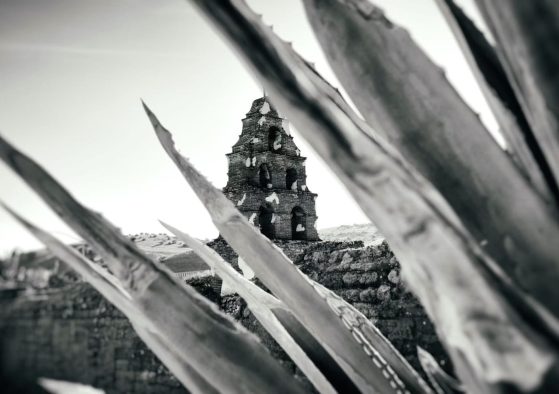
A Short California Mission History
Although the settlement of California did not begin until 1769, forces were at work only the year after the first voyage of Columbus, which ultimately brought Spanish missionaries to the Golden State of today. In 1493 Pope …
Full Article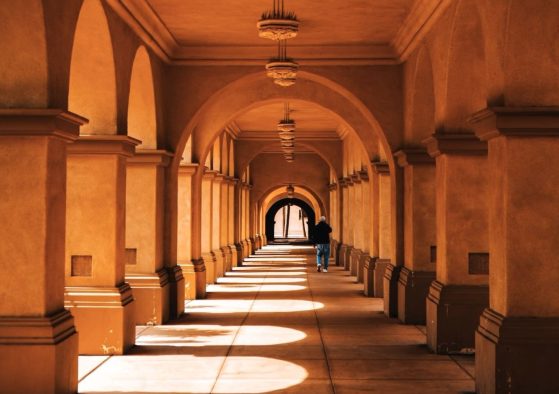
Historical Background
The history of occupied California dates back to the summer of 1769, but the history of the missions can be traced to 1493, just after the discovery of America. Between the two dates, there is an interval …
Full Article
Father Junípero Serra
Miguel José Serra, a Franciscan missionary to the Indians of California was born November 24, 1713 at Petra on the island of Maiorca (Spain). He was a son of Antonio Nadal Serra and Margarita Rosa Ferrer who …
Full Article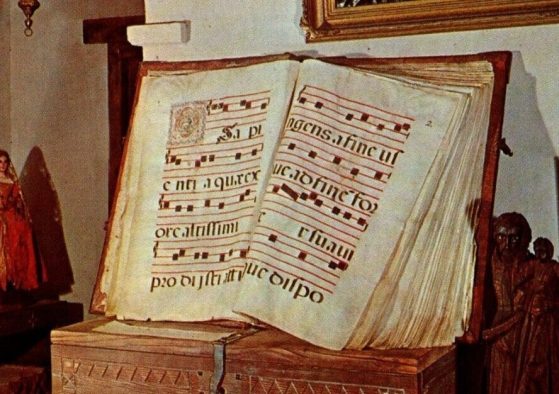
A History of Mission Music
The area of North America known as California was named by Hernan Cortez (ca. 1536) after the mythical island paradise described by Garci Rodriguez de Montalvo in Las sergas de Esplandian, published in 1508. Upper or Alta …
Full Article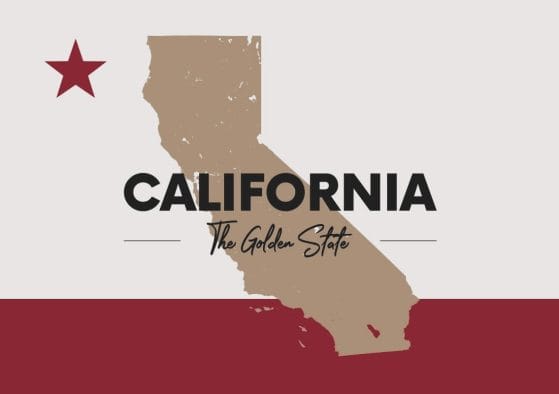
California The Golden State
Named after a fabled island in “The Deeds of Esplandian” by Montalvo… written in 1500. The romantic epochs of California history parade before us in picturesque array… the conquistador, the cowled monk, the trapper, miner, emigrant and …
Full Article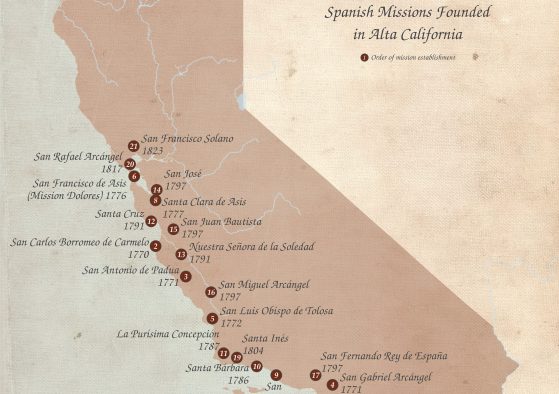
California Missions Timeline
Stretching from San Diego to Sonoma, the twenty-one beautiful missions that line the state of California remind us of our nation’s past. Under the Spanish king Charles III, plans were made for extending Spanish domain into Upper …
Full Article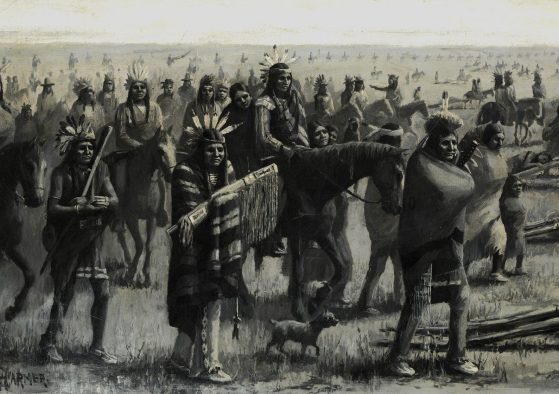
Dodge and Harmer illustrations
Zephyrin Engelhardt (1851-1934), O.F.M., was born as Charles Anthony Engelhardt in Bilshausen, Hanover, Germany, on November 13, 1851. In 1852, he and his family emigrated to North America. In 1872, he entered the Franciscan order and was …
Full Article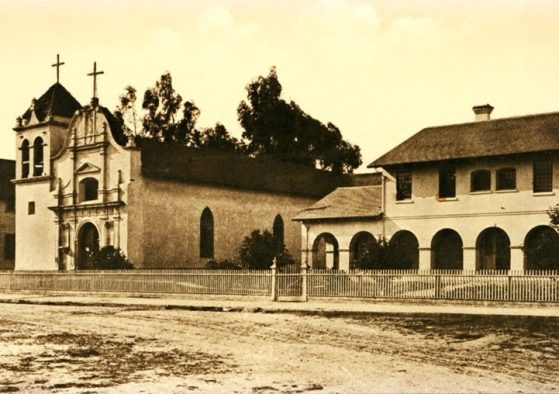
Cardinell Vincent Postcards
The Cardinell Vincent Postcards Collection is one of the best full sets of mission photographs ever produced. The photographs are unadorned early images rendered in sepia tone and were taken between the late 19th and early 20th …
Full Article